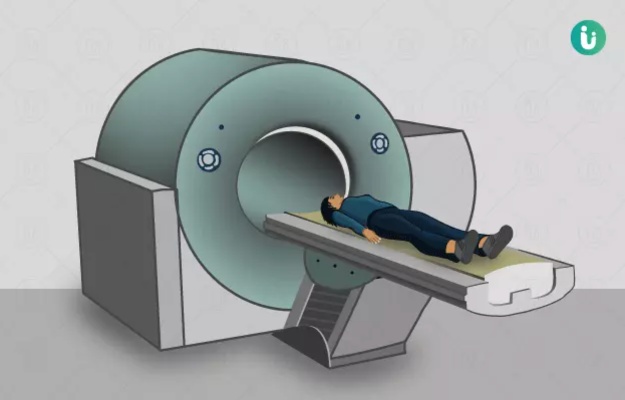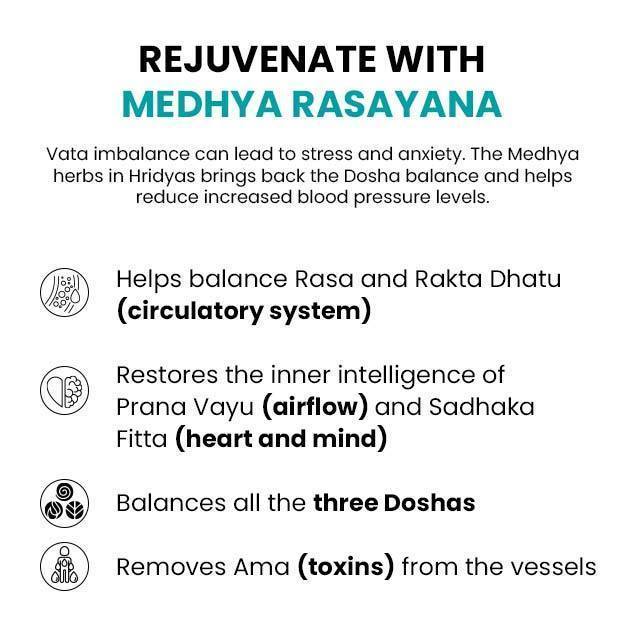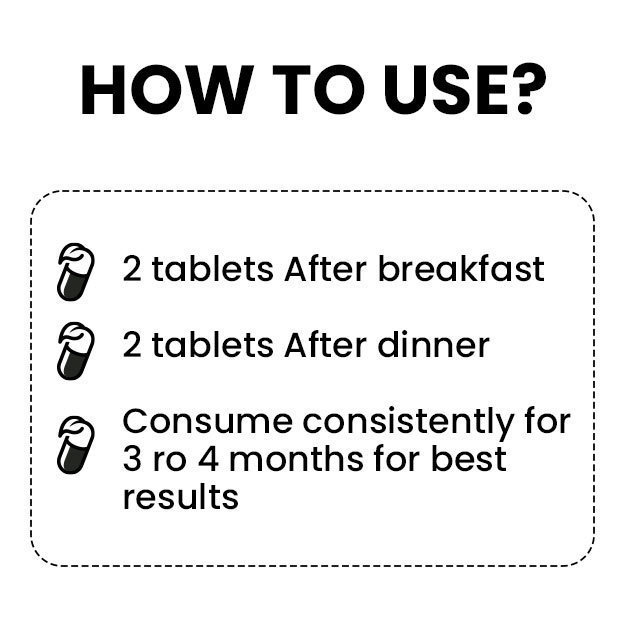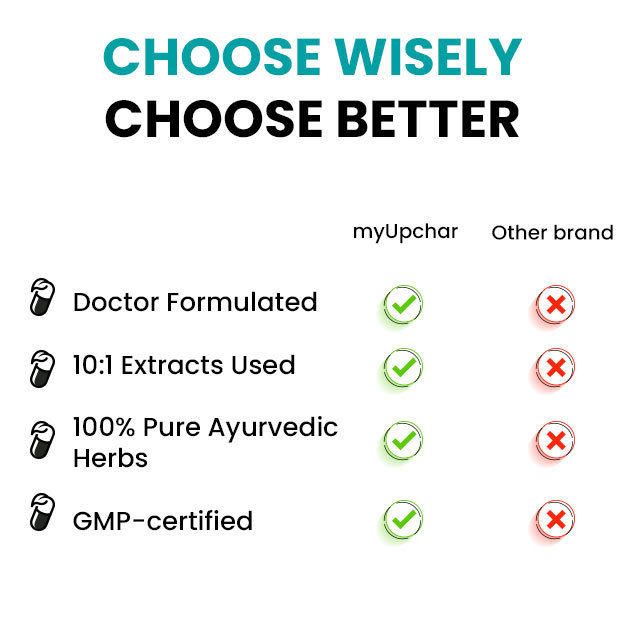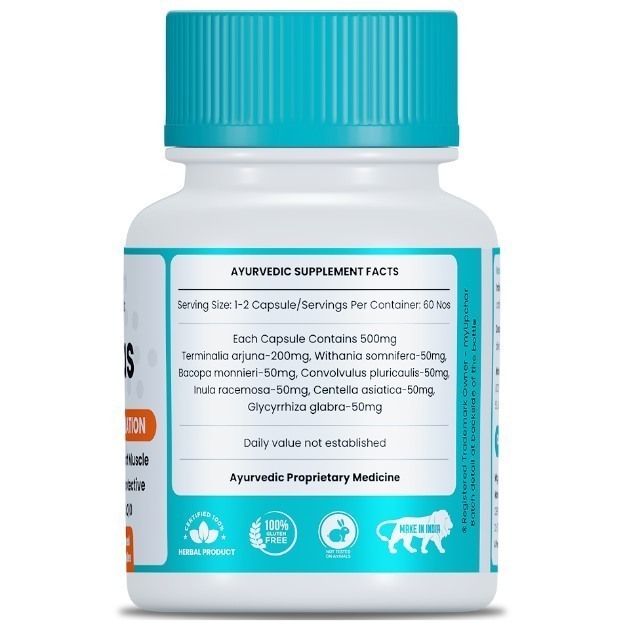What is CT coronary angiography?
Computed tomography (CT) coronary angiography is a type of x-ray imaging procedure that uses a contrast dye, a CT scanner and a computer to produce images of the heart and the blood vessels that supply it (coronary arteries).
Click on the link to know in detail about the treatment of heart disease.
This test helps determine narrowing and blockages of coronary arteries. It uses an iodine-based contrast dye to ‘light up’ the heart and its blood vessels and clearly define their appearance on the CT images.
Coronary arteries may become narrow and blocked due to the build-up of plaque (fat, cholesterol and calcium deposit) along their inner lining.
(Read More - Coronary heart disease)

